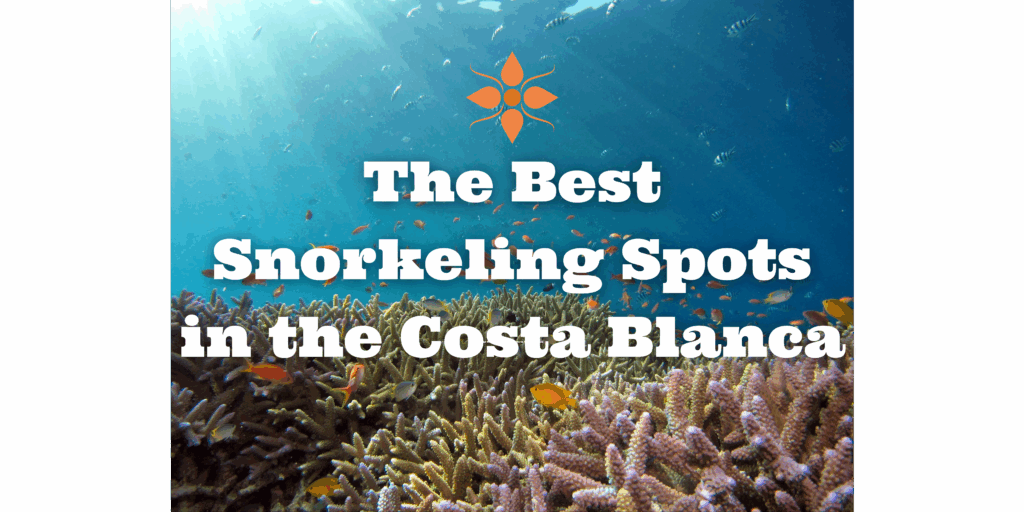
The Best Snorkeling Spots in the Costa Blanca: Dive Into Spain’s Hidden Underwater World
The Costa Blanca isn’t just about stunning beaches, charming towns, and sun-soaked holidays — it’s also one of Spain’s top coastal regions for snorkeling enthusiasts. With crystal-clear waters, rocky coves, underwater caves, and abundant marine life, this part of the Mediterranean offers ideal conditions for both beginners and seasoned snorkelers.
If you’re heading to the Costa Blanca and want to trade your beach towel for a snorkel mask, here are the best snorkeling spots from north to south, complete with tips on what to expect at each location.
1. Cala Granadella – Jávea (Xàbia)
Arguably one of the most famous coves in the region, Cala Granadella is a snorkeler’s dream. Tucked between cliffs and pine trees, this small pebble beach offers clear turquoise water and an underwater landscape filled with rocky reefs and sea grass beds. You can often spot octopus, sea bream, and other Mediterranean fish close to the shore.
Why it’s great: Calm, protected waters and vibrant sea life
Tip: Get there early — it’s popular and parking fills fast.
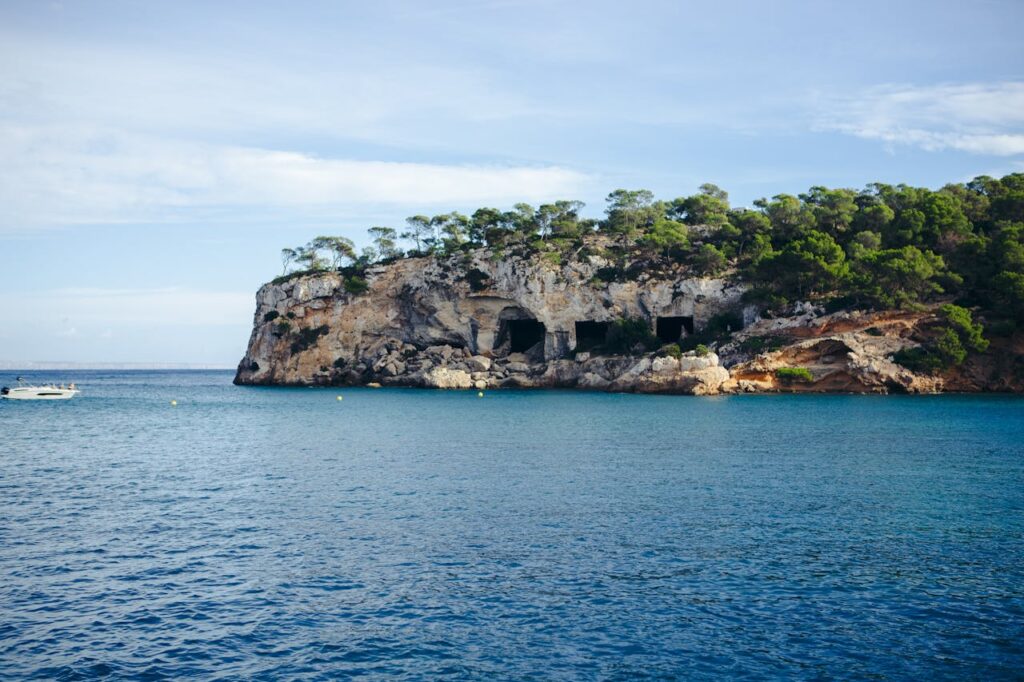
2. Cala del Moraig – Benitachell (near Moraira)
Hidden below dramatic cliffs, Cala del Moraig is a wild, beautiful cove with excellent snorkeling conditions. The real highlight here is the Cova dels Arcs, a sea cave system partially accessible to swimmers and snorkelers. It’s a fantastic place to explore rocky terrain and crystal-clear depths.
Why it’s great: Sea caves and dramatic underwater rock formations
Tip: The walk down is steep — bring good shoes and pack light.
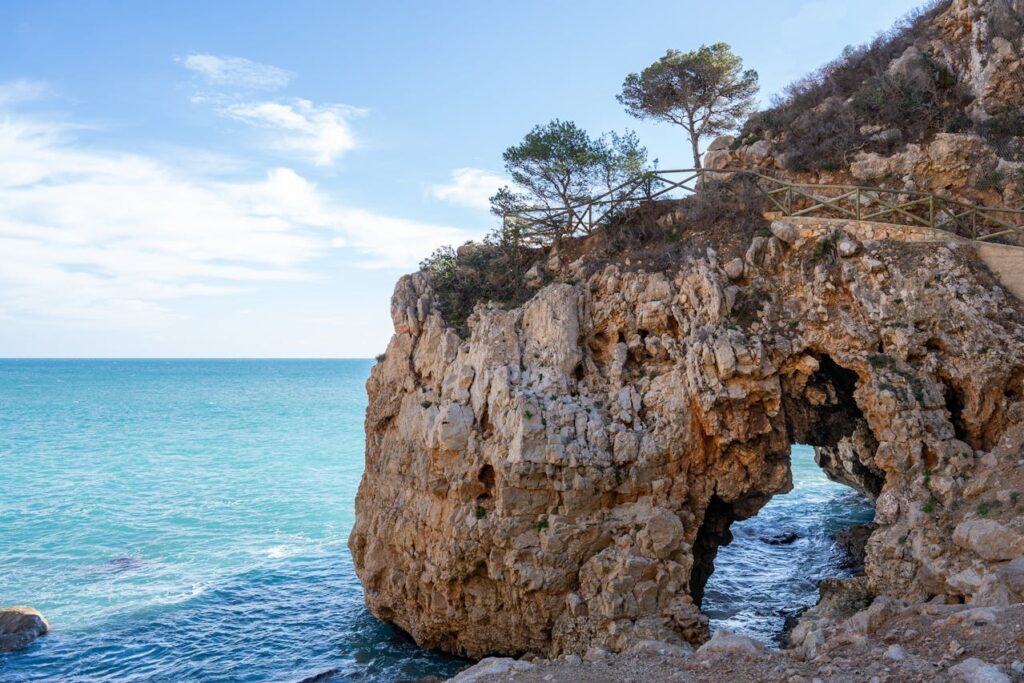
3. Les Rotes – Dénia
Les Rotes is Dénia’s rocky coastline to the south of the city, and it’s a snorkeling haven. This marine reserve area is protected, so fish populations are thriving. You’ll find a mix of shallow rocky pools and deeper areas with rich marine biodiversity, including wrasse, damselfish, and even moray eels.
Why it’s great: Protected marine area, rich underwater ecosystems
Tip: Enter the water carefully — this is a rocky, non-sandy beach.
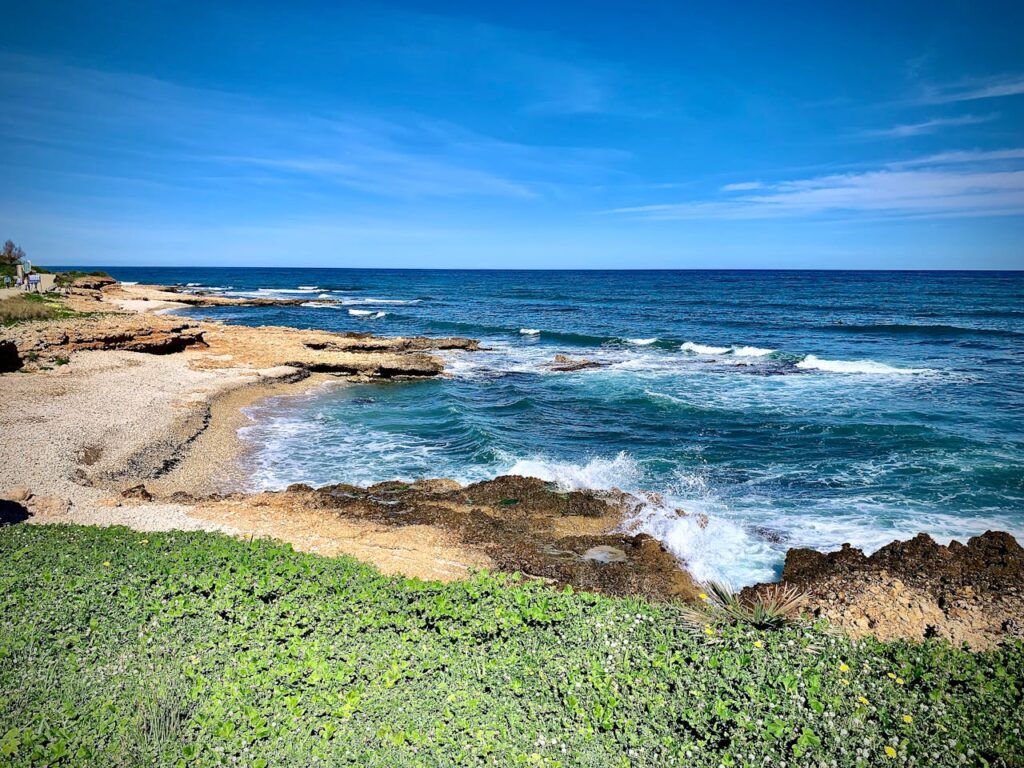
4. Cala Portitxol – Jávea (Xàbia)
Also known as Barraca Beach, Cala Portitxol offers a striking setting with traditional white fisherman houses and a backdrop of cliffs. The underwater environment here is vibrant, with caves, rocks, and small sandy areas that make it ideal for spotting fish and even underwater flora like sea cucumbers and sponges.
Why it’s great: Scenic setting and excellent underwater visibility
Tip: This cove is popular with kayakers too — go early or late for peace.
5. Isla de Tabarca – Off the coast of Santa Pola
Spain’s first marine reserve, Tabarca Island, is one of the best snorkeling destinations in the country. Accessible by ferry from Santa Pola, Alicante, or Torrevieja, the island offers protected waters, rocky seabeds, and rich biodiversity. Expect to see schools of fish, starfish, and occasionally rays or barracudas in the deeper waters.
Why it’s great: Nationally protected marine reserve with diverse marine life
Tip: Bring your own gear or rent in Santa Pola before taking the ferry.
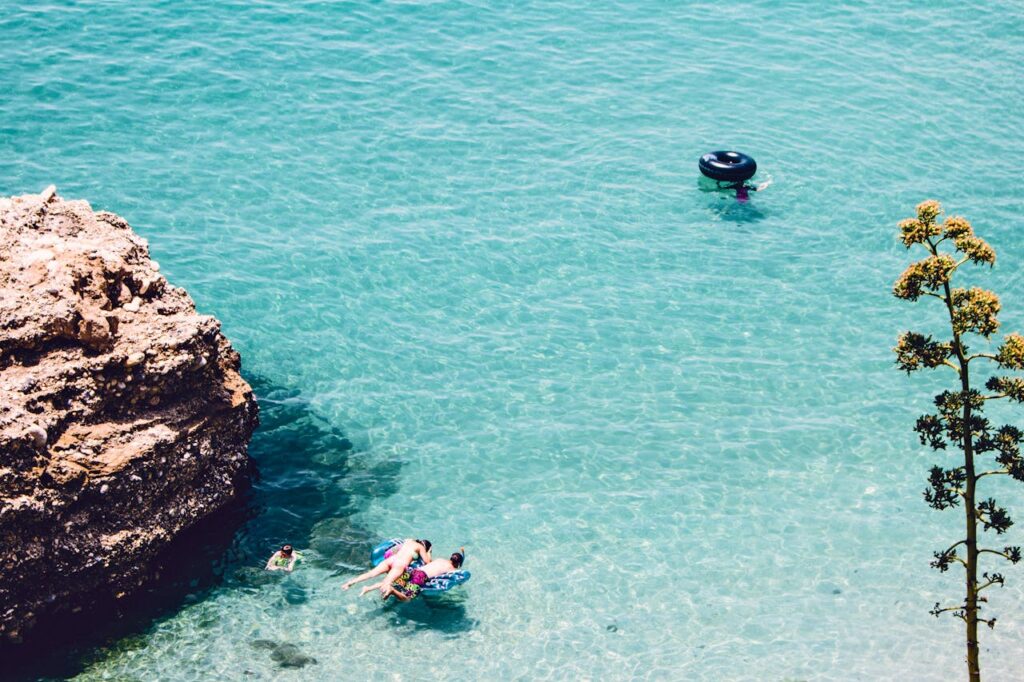
6. Cala Blanca – Altea
Cala Blanca is a lesser-known spot with white pebbles and calm, clear water. It’s quiet and ideal for low-impact snorkeling, especially for beginners or those looking for a peaceful experience. You can explore rocky outcrops and spot small fish right off the shoreline.
Why it’s great: Calm, less crowded waters ideal for beginners
Tip: Great place to combine with a visit to Altea’s old town.
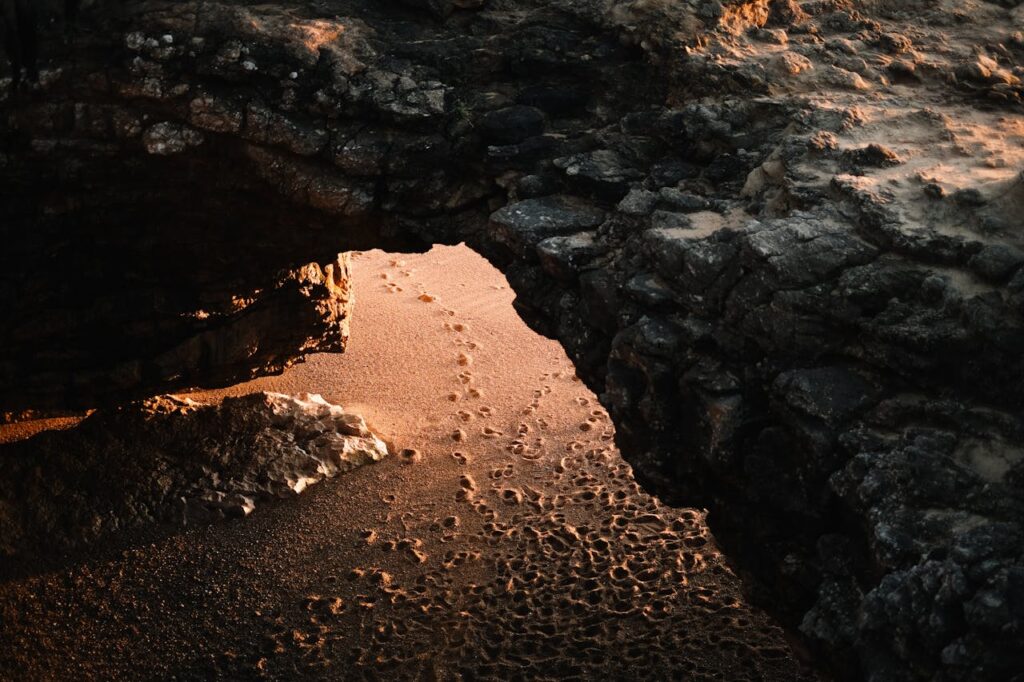
7. Cala Tío Ximo – Benidorm
Just a few minutes from bustling Benidorm, Cala Tío Ximo feels like a hidden escape. This small cove sits beneath cliffs and is known for clear, deep-blue waters and rocky outcroppings that create great snorkeling channels. While it’s not a protected area, it still offers a variety of marine life close to the rocks.
Why it’s great: Quiet alternative to Benidorm’s main beaches
Tip: There are no facilities — bring water and shade.
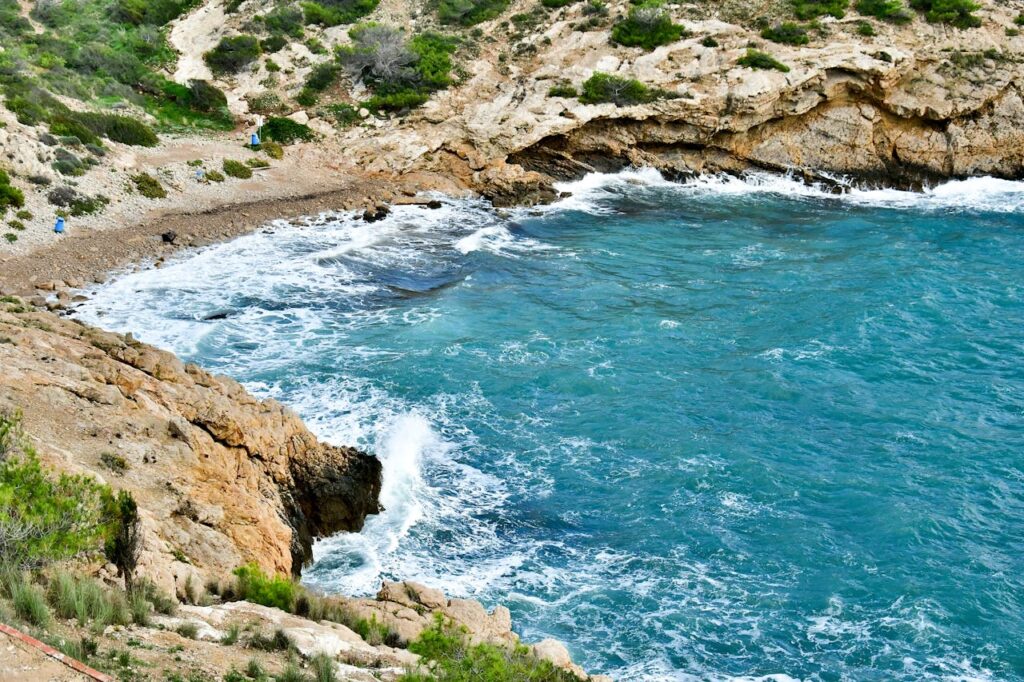
8. Cala La Caleta – Villajoyosa
This calm pebble beach to the north of Villajoyosa offers surprisingly good snorkeling opportunities with a mix of rocky reefs and sandy patches. It’s great for spotting cuttlefish, small rays, and schools of mullet. La Caleta is also less crowded than other beaches, making it ideal for peaceful underwater exploration.
Why it’s great: Easy access, good visibility, and peaceful vibe
Tip: Stay after your snorkel for a sunset drink at the nearby chiringuito.
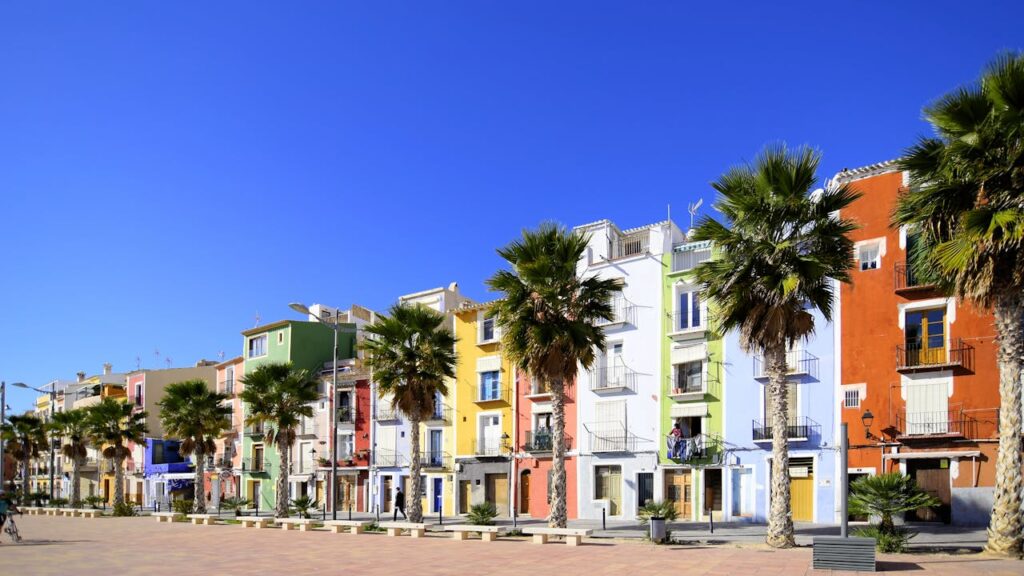
9. Playa del Carabassí – Near El Campello & Santa Pola
Though mostly sandy, Carabassí Beach also has areas with rocky patches and reefs that are perfect for snorkeling, especially at the southern end near the cliffs. The beach is wide and natural, backed by sand dunes and pine groves, offering a mix of sea and nature.
Why it’s great: Natural beach with rocky snorkeling sections
Tip: Best visited in the morning before the wind picks up.
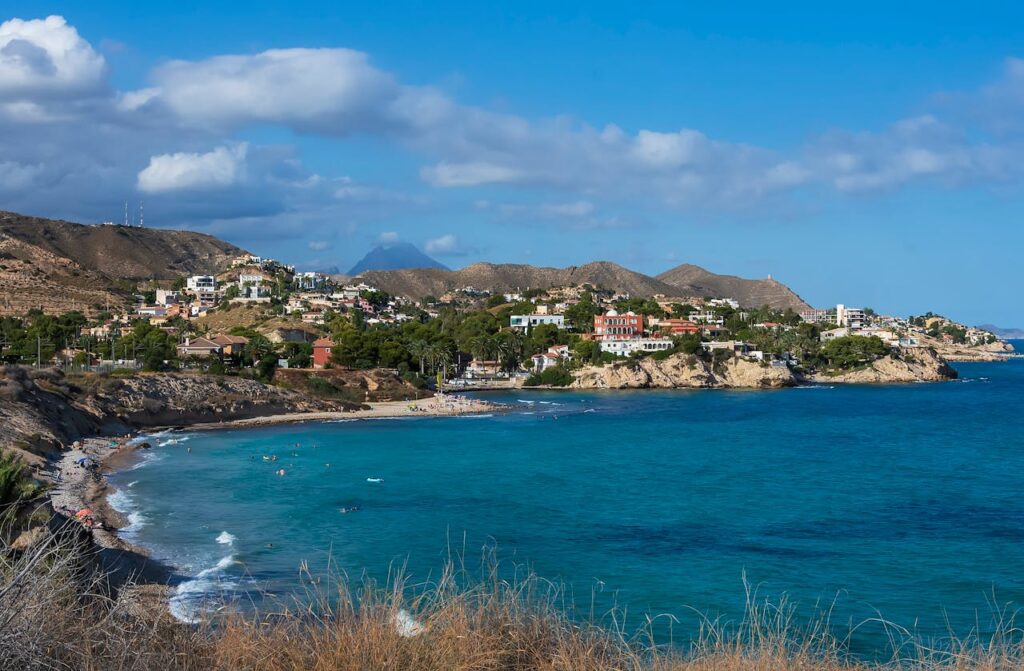
Tips for Snorkeling in Costa Blanca
-
- Gear: Bring your own mask, snorkel, and fins — rental shops are not always nearby.
-
- Timing: Morning is best — waters are calmer and clearer.
-
- Footwear: Rocky coves mean water shoes can save your feet.
-
- Respect nature: Don’t touch or remove sea life. Many spots are part of protected areas.
-
- Safety: Always snorkel with a buddy and be aware of boat zones.
Final Thoughts
Whether you’re swimming through caves in Cala del Moraig, floating above Posidonia meadows in Les Rotes, or discovering marine life off Tabarca Island, the Costa Blanca offers snorkeling experiences as varied as its coastline. With the right gear and a sense of adventure, you’ll discover a whole new world just beneath the waves.
Ready to explore Spain’s underwater side? The Costa Blanca is calling — mask up and dive in.
